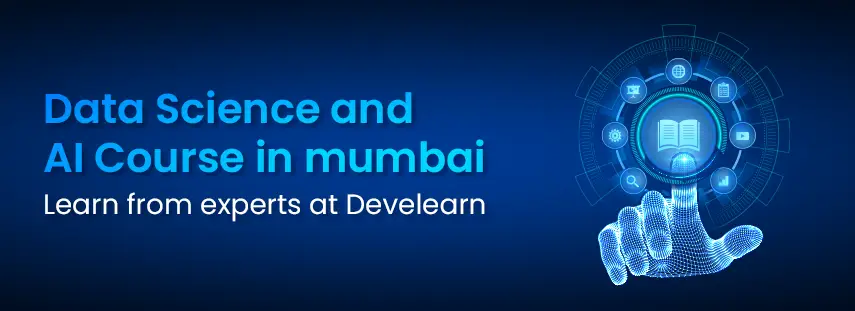Join As Students, Leave As Professionals.
Develearn is the best institute in Mumbai, a perfect place to upgrade your skills and get yourself to the next level. Enroll now, grow with us and get hired.

Model Evaluation in Machine Learning: A Comprehensive Guide
Top 7 model evaluation techniques in machine learning - 1) Confusion Matrix, 2) False Positives (FP), 3) False Negatives (FN), 4) Accuracy click to know more.
Education
Data Science
Develearn
3 minutes
November 5, 2023
Loading content...




